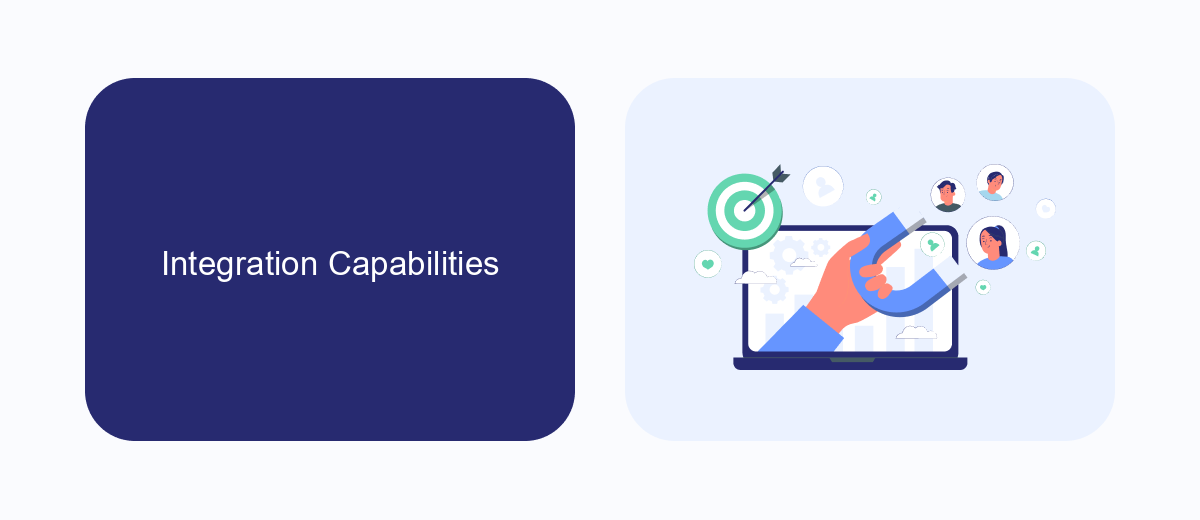In the rapidly evolving landscape of API management, choosing the right platform is crucial for seamless integration and efficient data flow. This article delves into a comparative analysis of Kong API and MuleSoft, two leading solutions in the industry. We will explore their features, strengths, and potential drawbacks to help you make an informed decision for your organization's API strategy.
Introduction
In the rapidly evolving landscape of API management, two prominent platforms—Kong and MuleSoft—stand out for their robust capabilities and unique features. Both platforms offer comprehensive solutions for managing, deploying, and securing APIs, but they cater to different needs and preferences. Understanding the key differences between Kong and MuleSoft can help organizations make informed decisions based on their specific requirements.
- Kong: An open-source API gateway known for its high performance and scalability.
- MuleSoft: A comprehensive integration platform offering API management, design, and analytics.
- SaveMyLeads: A service that simplifies integration processes, making it easier to connect various applications and automate workflows.
Choosing between Kong and MuleSoft depends on various factors such as the complexity of your API ecosystem, the level of customization required, and your budget constraints. While Kong excels in providing a lightweight, high-performance solution, MuleSoft offers a more extensive suite of tools for end-to-end API lifecycle management. Additionally, services like SaveMyLeads can complement these platforms by streamlining integration processes, thus enhancing overall efficiency.
Integration Capabilities

When comparing the integration capabilities of Kong API and MuleSoft, it's essential to consider their approach to connecting various systems and applications. Kong API excels in providing a lightweight, scalable solution for API management, with robust support for microservices architectures. It offers a wide range of plugins and integrations that can be easily customized to fit various use cases. Kong API is particularly strong in handling real-time data and ensuring seamless communication between services, making it ideal for modern, dynamic environments.
On the other hand, MuleSoft provides a comprehensive integration platform that supports a wide array of protocols and data formats. Its Anypoint Platform offers pre-built connectors for numerous applications and services, simplifying the integration process. MuleSoft's strength lies in its ability to handle complex enterprise integration scenarios, ensuring data consistency and reliability across systems. Additionally, tools like SaveMyLeads can complement these platforms by automating data transfer between applications, further enhancing the integration capabilities of both Kong API and MuleSoft. This combination can significantly streamline workflows and improve operational efficiency.
Deployment and Scalability

When it comes to deployment and scalability, both Kong API and MuleSoft offer robust solutions, but they cater to different needs and environments. Kong API is highly appreciated for its lightweight, cloud-native architecture, making it an excellent choice for microservices and containerized applications. MuleSoft, on the other hand, provides a more comprehensive integration platform, suitable for complex enterprise environments.
- Kong API: Easy to deploy on Kubernetes, Docker, and other cloud-native platforms. It scales horizontally and can handle high traffic with minimal latency.
- MuleSoft: Offers a versatile deployment model, including on-premises, cloud, and hybrid environments. It supports extensive scalability through its Anypoint Platform, designed for large-scale enterprise integrations.
Both platforms support seamless integration with third-party services to enhance deployment and scalability. For instance, SaveMyLeads can be integrated with either platform to automate lead processing and data synchronization, further simplifying the management of complex workflows. Ultimately, the choice between Kong API and MuleSoft will depend on your specific deployment needs and scalability requirements.
Developer Experience

When it comes to developer experience, both Kong API and MuleSoft offer robust platforms, but there are notable differences. Kong API is known for its simplicity and ease of use, making it an attractive choice for developers who prioritize quick deployment and minimal configuration.
MuleSoft, on the other hand, provides a comprehensive suite of tools that cater to enterprise-level needs. Its Anypoint Platform offers extensive capabilities for API management, integration, and analytics, which can be a bit overwhelming for beginners but highly beneficial for complex projects.
- Kong API: User-friendly interface, quick setup, and strong community support.
- MuleSoft: Extensive documentation, advanced features, and enterprise-level support.
- SaveMyLeads: Simplifies integration setups, making it easier to connect various APIs with minimal effort.
Ultimately, the choice between Kong API and MuleSoft will depend on your project requirements and developer expertise. For straightforward projects, Kong API offers a streamlined experience, while MuleSoft is ideal for more complex, large-scale integrations. Tools like SaveMyLeads can further enhance the integration process, ensuring a smoother developer experience.
Pricing and Support
When it comes to pricing, Kong API and MuleSoft offer different models to cater to various business needs. Kong API provides a flexible, pay-as-you-go pricing structure, making it an attractive option for startups and small to medium-sized enterprises. MuleSoft, on the other hand, offers subscription-based pricing, which can be more predictable but might require a larger upfront investment. Both platforms offer free trials, allowing businesses to evaluate their features and determine the best fit for their needs.
In terms of support, both Kong API and MuleSoft offer comprehensive resources, including documentation, community forums, and customer support services. MuleSoft provides premium support options with dedicated account managers and faster response times, which can be crucial for large enterprises. Kong API also offers robust support, with an active community and detailed guides. For businesses looking to streamline integration processes further, services like SaveMyLeads can be invaluable, providing automated solutions to connect various APIs and platforms seamlessly.
FAQ
What are the primary differences between Kong API and MuleSoft?
Which platform is more suitable for small businesses?
Can Kong API and MuleSoft be used together?
How do these platforms handle scaling?
Are there any automation tools that can help with integrating APIs and services?
If you use Facebook Lead Ads, then you should know what it means to regularly download CSV files and transfer data to various support services. How many times a day do you check for new leads in your ad account? How often do you transfer data to a CRM system, task manager, email service or Google Sheets? Try using the SaveMyLeads online connector. This is a no-code tool with which anyone can set up integrations for Facebook. Spend just a few minutes and you will receive real-time notifications in the messenger about new leads. Another 5-10 minutes of work in SML, and the data from the FB advertising account will be automatically transferred to the CRM system or Email service. The SaveMyLeads system will do the routine work for you, and you will surely like it.
